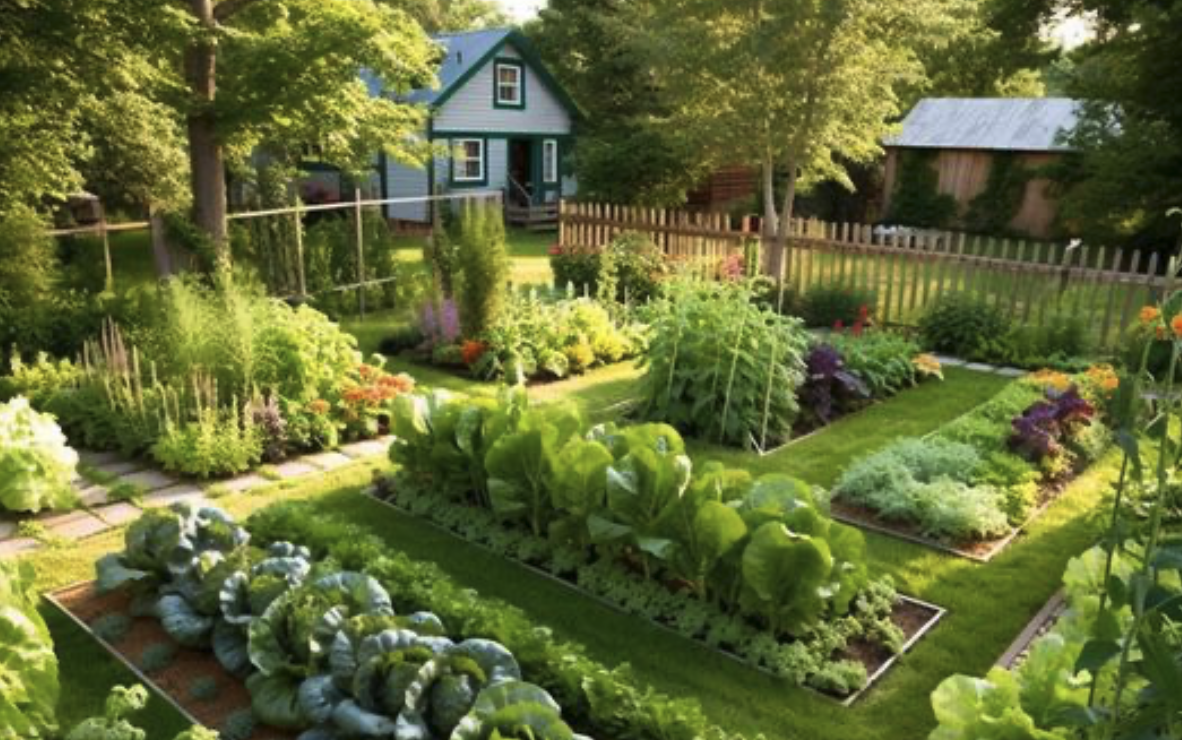The ultimate guide to when to plant vegetables and why


Shutterstock
Planting vegetables at the correct time is crucial for achieving a successful harvest. Understanding the optimal planting periods ensures that your plants experience the best conditions for growth, resulting in robust and productive development. Familiarity with the climate, soil conditions, and specific growth needs of each vegetable empowers you to make well-informed decisions regarding planting times and proper care.
By adhering to appropriate planting schedules, you can extend your growing season, providing you with an extended supply of freshly harvested produce. Furthermore, precise timing can mitigate issues such as disease and insect infestations, which have the potential to significantly impact plant health and yield. With accurate information and careful planning, cultivating a thriving and rewarding vegetable garden becomes entirely achievable.

Shutterstock
Tomatoes
Tomatoes thrive when planted in late spring (May to June) through early summer (June to July), after the final frost date. Requiring warm soil and abundant sunlight, they mature during late summer (August to September) or early fall.
Onions
Onions, a versatile and widely used vegetable, find their ideal planting periods in early spring (March to April) and late summer (August to September). Flourishing in well-drained soil and full sun, onions develop bulbs underground. The green tops, known as scallions or green onions, can be harvested at any stage of growth. Mature onions are ready for harvest once their tops turn yellow and begin to droop, typically in late summer (August to September) or early fall. Proper curing involves drying the onions in a warm, well-ventilated area to enhance storage and flavor.
Peppers
Similar to tomatoes, peppers thrive when planted in late spring (May to June) through early summer (June to July) after the last frost date. They require warm soil and full sunlight. Harvesting takes place when the peppers achieve their mature color and desired size, typically in late summer (August to September) or early fall.
Squash
For summer squash, including zucchini, the optimal planting window is late spring (May to June) through early summer (June to July). Conversely, winter squash, such as pumpkin, is best planted in late summer (July to August) for a fall harvest. Harvest young and tender summer squash in mid to late summer (July to August). On the other hand, winter squash is ready when its skin hardens and resists puncturing with a fingernail, generally in late fall (September to October).
Carrots
Carrots find their planting periods in early spring (March to April) or late summer (August to September), when the soil is cool. Flourishing in well-drained soil and full sun, carrots are typically ready for harvest around 60 to 80 days after planting. Spring-planted carrots are harvested in late spring to early summer (May to June), while late summer-planted carrots are harvested in late fall (October to November) or early winter.
Broccoli
Ideal for cooler seasons, broccoli can be planted in early spring (March to April) or late summer (August to September). Flourishing in moderate temperatures and partial shade, broccoli is typically harvested when its heads are firm and compact but before the yellow flowers open. This usually occurs around 60 to 80 days after planting. For spring-planted broccoli, harvest in late spring to early summer (May to June), and for late summer-planted broccoli, harvest in late fall (October to November) or early winter.
Cucumbers
Warm-season cucumbers should be planted in late spring (May to June), post the last frost date. They demand full sunlight and well-drained soil. Harvest cucumbers when they reach the desired size, remaining firm and green. Typically, this occurs about 50 to 70 days after planting, varying by variety. Harvesting can continue throughout the summer (June to August) until the vines show signs of decline.
Lettuce
Lettuce, a cool-season crop, thrives when planted in early spring (March to April) or fall (September to October) when the soil maintains a cool temperature. Flourishing in moderate temperatures and partial shade, lettuce is usually ready for harvest when its leaves attain sufficient size but before they turn bitter or bolt. This generally transpires around 30 to 70 days after planting. For spring-planted lettuce, harvest in late spring to early summer (May to June), while fall-planted lettuce is harvested in late fall (October to November) or early winter.
Beans
Warm-season beans are optimally planted in late spring (May to June) subsequent to the final frost date. Thriving in full sunlight and well-drained soil, green beans are best harvested when their pods are young and tender, but before the seeds mature fully. Typically, this occurs around 50 to 60 days after planting. Continue harvesting throughout the summer (July to August) until the plants cease production.
Radishes
A cool-season crop, radishes find their planting periods in early spring (March to April) or late summer (August to September). Flourishing in cool soil and full sun, radishes are typically ready for harvest when their roots attain the desired size, remaining firm and crisp. This usually transpires around 20 to 30 days after planting. For spring-planted rad
Source: https://diyeverywhere.com
DISCLAIMER: THIS WEBSITE DOES NOT PROVIDE MEDICAL ADVICE The information, including but not limited to, text, graphics, images and other material contained on this website are for informational purposes only. The purpose of this website is to promote broad consumer understanding and knowledge of various health topics. It is not intended to be a substitute for professional medical advice, diagnosis or treatment. Always seek the advice of your physician or other qualified health care provider with any questions you may have regarding a medical condition or treatment and before undertaking a new health care regimen, and never disregard professional medical advice or delay in seeking it because of something you have read on this website.
